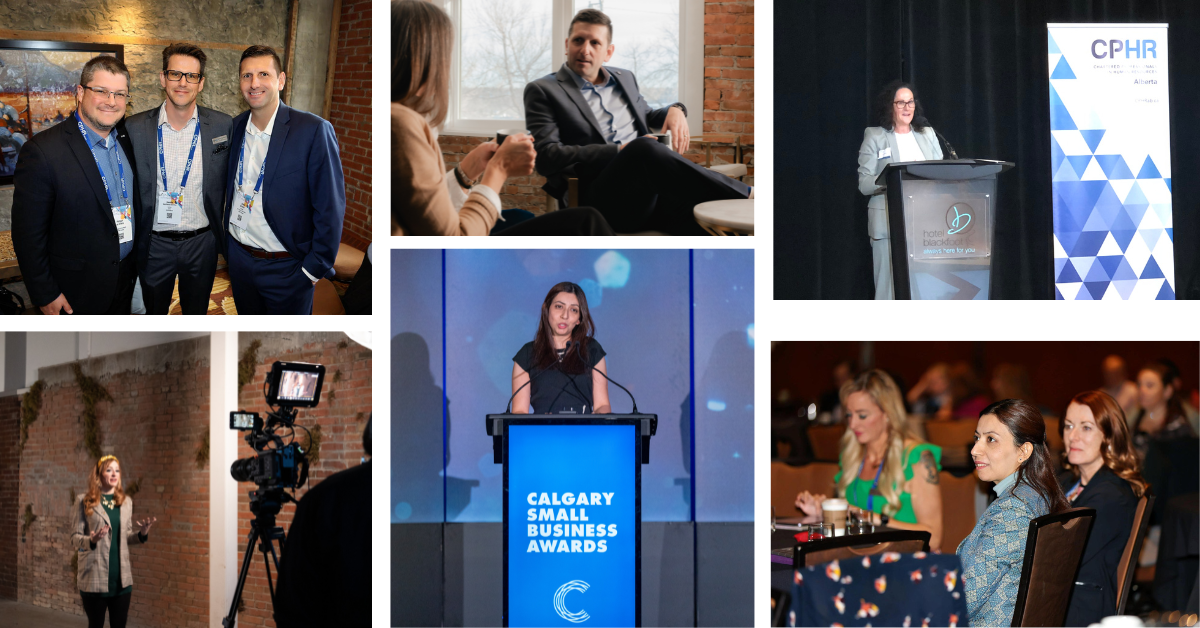Toll Free: 1-800-668-6125
Phone: 403-209-2420
Fax: 403-209-2401
Email: info@cphrab.ca

Balancing Organizational and Employee Needs and Interests

Author : Jodie Jeworski
As per the CPHR Code of Ethics, Balancing Interests is the duty of HR Practitioners to balance organizational and employee needs and interests within the practice of human resources. Let’s explore a situation where the HR Business Partner (Jesse) has been asked to be a mediator between a manager (Sandy) and their employee (Taylor). Sandy and Taylor are experiencing significant interpersonal conflict, and as a result, an investigation was launched with Taylor as the Complainant and Sandy as the Respondent. While the outcome of the investigation found the allegations of bullying and harassment to have been unfounded, the conflict has not been resolved. Sandy’s leader, Alex (the owner and CEO), wants a plan for resolution and workplace restoration.
Jesse held initial meetings with Sandy, Taylor, and Alex. During these discussions, it was discovered that Alex and Taylor are family members; Alex gave Taylor the job. Although distant, they are cousins and spend quite a bit of time together outside of the workplace. Alex stated they want to ensure Taylor does not receive any discipline. Further, Alex would like Sandy reprimanded and suspended without pay for one week. Alex reminds Jesse that they report to Alex and have an obligation to see a successful outcome for Taylor.
With a clear power differential, Jesse is conflicted. On the one hand, Jesse knows they have an obligation to be unbiased, act in good faith, respect the legal rights of all individuals, and uphold the CPHR Code of Ethics. On the other hand, Jesse risks a career-limiting move and potential retaliation (up to and including termination) if the outcome is anything different than Alex stated. Jesse is new to Calgary, has no friends or family here, and really needs this job.
If Jesse sides with Alex:
- Bias is clearly demonstrated
- Not acting in good faith
- Contravention of the HR Code of Ethics
- Workplace restoration will be nearly impossible to achieve
- This could make the strained relationship between Sandy and Taylor worse
- Either Sandy or Taylor may choose to leave the company
If Jesse follows due process:
- Unbiased approach
- Sandy and Taylor are both heard
- Opportunity to explore options to remove the conflict and restore their professional relationship (which may take significant time and effort by all parties)
- Upholding the CPHR Code of Ethics
Jesse opts for the second approach: due process. Jesse hosts second meetings with Sandy and Taylor to determine what they would need and what they see to be helpful in conflict resolution and workforce restoration. Based on the information gathered, this relationship is salvageable. A third meeting is held where Jesse is the mediator between Sandy and Taylor. They each share their thoughts and commit to working on their individual biases, as well as together to enhance their working relationship. An action plan is established, and everyone has agreed to continue to meet regularly over the next three months.
Following the outcome of the third meeting, Jesse meets with Alex and shares the commitment and established action plan. Jesse also explains that while there was no discipline for Taylor, there was also no discipline for Sandy. Jesse explains there were no findings to suggest discipline for either individual. Jesse also explains the CPHR Code of Ethics and the standards in which Jesse must abide by in order to be an HR Practitioner. Although this was not a specific ‘win’ for Alex, Alex thanks Jesse for their hard work and promises to keep their relationship (and preferential treatment) outside of the workplace.
The CPHR Alberta Code of Ethics exists to guide HR Professionals in situations just like these every day.
The views and opinions expressed in this blog post belong solely to the original author(s) and do not necessarily represent the views and opinions of CPHR Alberta.
The views and opinions expressed in this blog post belong solely to the original author(s) and do not necessarily represent the views and opinions of CPHR Alberta.

Chartered Professionals in Human Resources of Alberta (CPHR Alberta)
Suite 320, 105 - 12 Ave SE
Calgary, Alberta Canada T2G 1A1
tf. 1-800-668-6125 p. 403-209-2420




